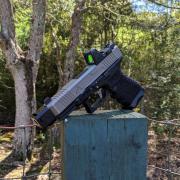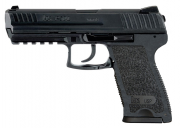Hey Rich. Cool idea trying to quantify this. It’s nice to have repeatable numbers for setting up multiple holster.
As far as ideal? I don’t know. The shake test is my usual. But it would be fun to try this with various holsters and see how close I am.



 Reply With Quote
Reply With Quote









